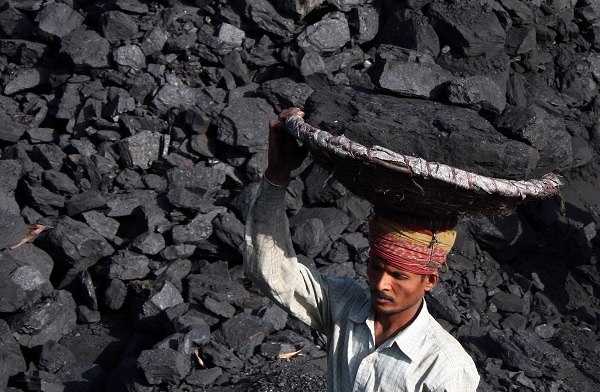
Policy clarity needed to allay fears over privatisation
By Taponeel Mukherjee,
Public opinion on privatisation ranges from proponents who say it increases efficiency to opponents to fear it will lead to higher charges. As we evaluate potential policies regarding privatisation in India, it would be useful to look at the specific asset and policy features that can help create an efficient privatisation process.
The type of asset being privatised needs careful evaluation regarding the competitiveness of its industry. Assets held by public sector firms in India range from those that operate in highly regulated markets tending towards monopolies to those that are in more competitive sectors.
For starters, it would be prudent to privatise assets in competitive industries. The competition will mean that the pricing of the service delivered will be primarily determined by market forces, thereby reducing the fear that prices will go up disproportionately for the public. A relatively competitive environment for pricing also ensures that the asset buyers have the incentive to innovate to deliver value and create profits for themselves.
Another point that deserves attention is that certain assets, specifically within infrastructure, are better suited to privatisation than others. In a study titled “The Lessons of Long-Term Privatisations: Why Chicago Got It Wrong and Indiana Got It Right”, Aaron M. Renn lists the features that make an asset a better privatisation candidate.
Two of the features that merit discussion are the “tangible capital” asset feature and the degree of “overdetermined form” feature.
An asset is better suited to privatisation when its primary value is incumbent upon its “tangible capital”, as opposed to what Renn describes as “intangible economic rights”. Every asset will have some degree of “intangible economic rights” associated with it, but those assets that have less of the intangible rights are more suited for privatisation.
As Renn correctly points out, an airport is more of a tangible asset that is better suited to privatisation than, say, parking rights around cities. A “tangible capital” asset is more straightforward to value, thereby leading to a consensus regarding privatisation value.
Assets with a high degree of “overdetermined form” also make for better privatisation candidates. A high degree of “overdetermined form” means merely assets built for a specific purpose with little or no optionality to change their use. Such assets are better privatisation candidates since their use is clearly defined, and the alternative opportunity costs are low or non-existent.
A clearly defined purpose is essential for framing policies around valuation to avoid any future debate regarding historical estimates. For example, a toll road can be used only as a toll road since it is a distinctive asset as opposed to a building that can potentially have multiple uses such as retail, hospitality and office purposes. An asset with various uses is more challenging to value leading to possible complications further down the road.
It is also vital to use sales proceeds from privatisation to create new assets and not to finance government consumption expenditure, as such use may lead to potential sub-optimal use of the money. To elaborate, it is essential that the policy clearly defines cash usage from the privatisation sales proceeds.
In an ideal scenario in an infrastructure deficit country such as India, the prime focus of asset privatisation must be to use the sales proceeds to create new assets – and they must be in the same sector as the privatised asset. So, airport privatisation must be used to expand airport infrastructure. Discipline around cash flow management will be critical for the privatisation policy to deliver results.
Fears around privatisation emanate from unfortunate experiences of the past. A clearly defined policy that lays out the capital use from the sales proceeds to create infrastructure in India will help allay fears around privatisation. It is important to realise that non-tax revenues from privatisation can be a catalyst for world-class infrastructure.
(Taponeel Mukherjee heads Development Tracks, an infrastructure advisory firm. Views expressed are personal. He can be contacted at taponeel.mukherjee@development-tracks.com or @Taponeel on Twitter)
—IANS

